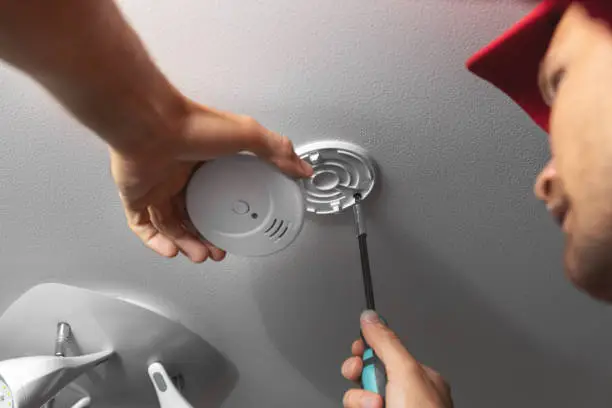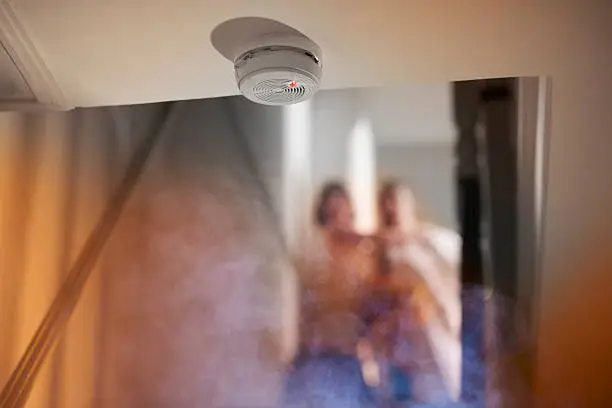Checking Carbon Monoxide Detectors at Home | A Complete Guide
- Jeff Hendricks

- Aug 1
- 2 min read
Carbon monoxide (CO) is an invisible menace—colorless, odorless, and tasteless—that can become deadly when inhaled in high concentrations. Since detecting CO without a specialized device is impossible, checking carbon monoxide detectors regularly is a crucial safety measure in every home. A properly functioning CO detector can alert you early, preventing poisoning and saving lives.

Why Regular Checks Matter
Carbon monoxide (CO) is produced by incomplete combustion from appliances like gas furnaces, stoves, fireplaces, and water heaters. Even a tiny leak from any of these sources can result in a buildup of dangerous carbon monoxide levels indoors. Since this gas has no smell, taste, or color, it can accumulate silently, turning your home into a hazardous environment without you even knowing it.
Because CO poisoning symptoms often mimic the flu—headaches, dizziness, nausea—it’s vital not to rely on your senses alone. These signs can be misleading and easy to ignore. That’s why maintaining your detectors by frequent testing is the best defense. Regular checks ensure your devices are functioning properly and can alert you before CO reaches harmful levels. Taking a few minutes to test your detector could be the most important step in keeping your home safe.
How to Test a Carbon Monoxide Detector
Most CO detectors feature a test button. To test a carbon monoxide detector correctly, press and hold this button until you hear a loud, clear alarm. If no sound follows, replace the batteries immediately. Still no alarm? Then it’s time to replace the detector altogether.
Some advanced models have digital displays showing real-time CO levels. If your device indicates persistent or rising CO concentrations, evacuate your home and contact emergency services without delay.
Experts recommend testing your CO detectors monthly and swapping batteries yearly or at the first chirp warning of low power.
Choosing the Best Smoke and Carbon Monoxide Detector
For maximum protection at home, consider using a dual-function smoke and carbon monoxide detector. These devices are designed to detect both smoke from fires and carbon monoxide (CO) from appliances like gas stoves, furnaces, or water heaters. By combining both functions into one unit, you save space and simplify your home’s safety system.
When shopping for the best detector, look for units with recognized safety certifications to ensure they meet industry standards. Many modern detectors include voice alerts that clearly state whether the danger is from smoke or CO—providing quick, clear information in an emergency. It’s also wise to choose a model with long-lasting batteries, such as sealed lithium batteries that can last up to 10 years without needing replacement.
A reliable detector, combined with regular testing, offers peace of mind and strong protection for you and your family. It’s a simple investment that could save lives.
Placement and Maintenance Tips
Install detectors on every floor, especially near bedrooms and fuel-burning appliances. Avoid placing them in direct sunlight, humid spots, or close to vents, which can trigger false alarms.
Remember to replace your detector every 5 to 7 years, clean it gently to remove dust, and never disable the device—even if it alarms unexpectedly.
Regularly checking carbon monoxide detectors, knowing how to test a carbon monoxide detector, and choosing the best smoke and carbon monoxide detector are simple yet vital steps toward safeguarding your home. Make detector maintenance a monthly habit—it just might save your life.






Comments